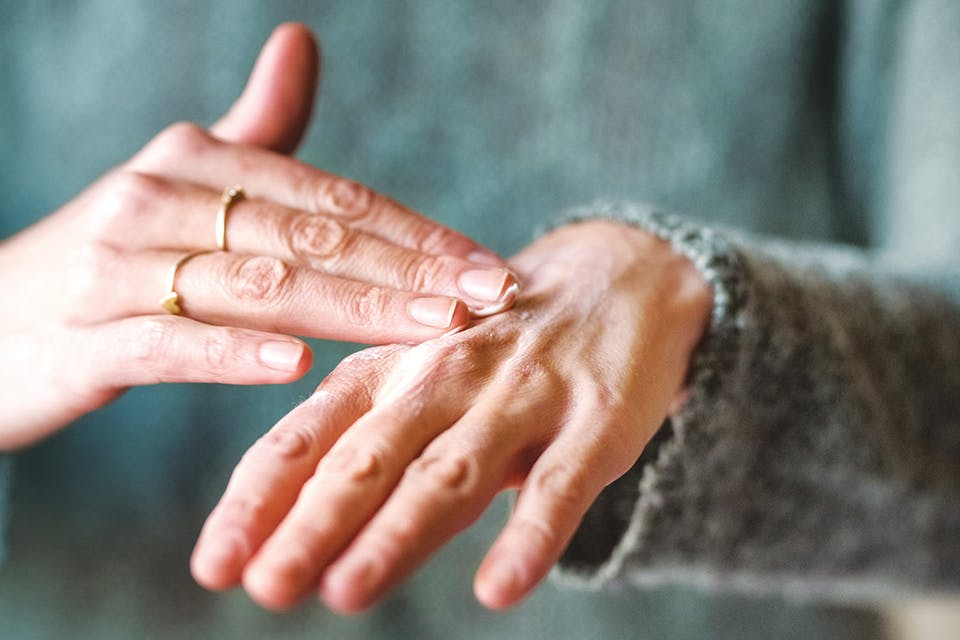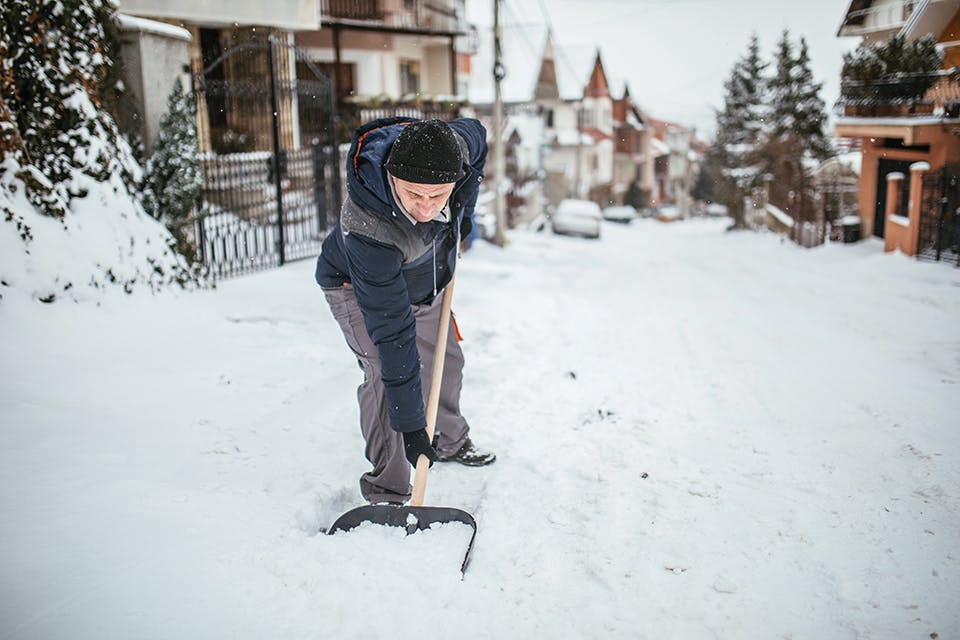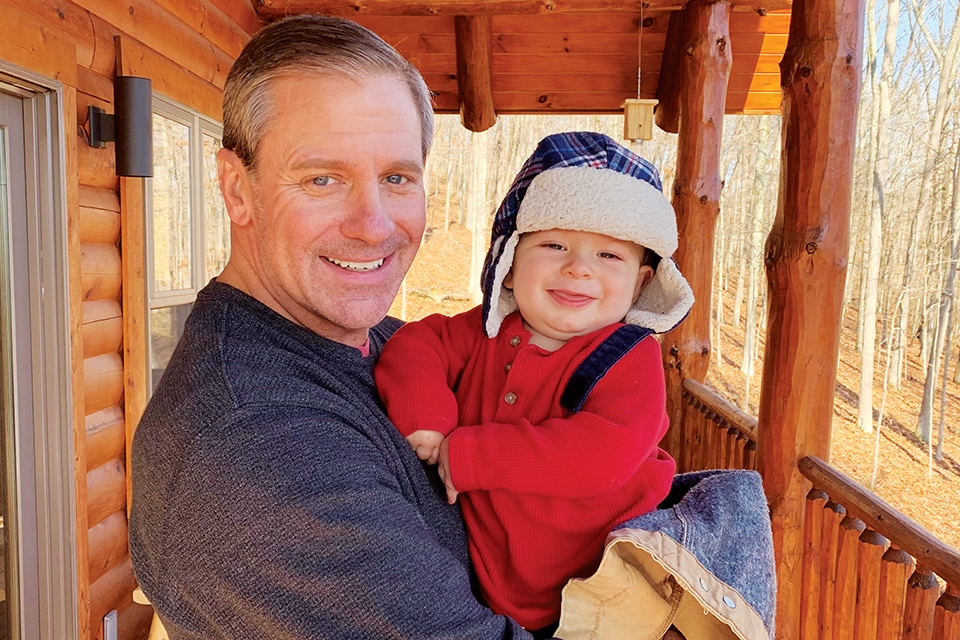Ohio Life
| Live Well Ohio
Live Well Jan./Feb. 2024
How to prevent common hazards in and around the home and cold weather arrives. Plus, Dublin resident Greg Ruf shares his work to bring awareness to a lesser-known heart condition.
Related Articles

Live Well March/April 2024
How to teach your children kindness to the neurodiverse. Plus, find out what nutrients might be missing from your diet. READ MORE >>

Live Well Ohio: Nov.-Dec. 2023
Follow these five strategies to help combat dry skin this winter, and learn the lifestyle modifications that can help those at risk for developing diabetes. READ MORE >>

Live Well Ohio: Sept./Oct. 2023
Yes, yoga could be for you. Here is how to get started. Also, a dietitian shares advice for making exercise and healthy eating part of your daily routine. READ MORE >>



